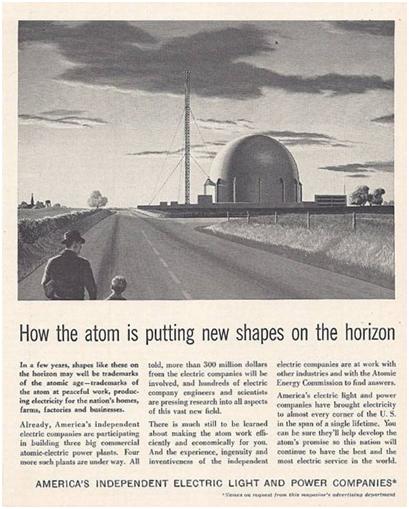J.D. Tuccille in today’s The Rattler newsletter suggests that if you’ve been considering getting a generator to power your house in case of blackouts, now might be a good time:
The regulatory body that oversees the nation’s power grid cast a bit of a chill over the coming warm months when, in mid-May, it cautioned that the country might not generate enough electric power to meet demand. Coming after multiple warnings from regulators, grid operators, and industry experts that enthusiasm for retiring old-school “dirty” generating capacity is outstripping the ability of renewable sources to fill the gap, the announcement is a heads-up to Americans that they may want to make back-up plans for a power grid growing increasingly unreliable. It’s also a reminder that green ideology is no substitute for the ability to flip a switch and have the lights come on.
Unreliable Energy
“NERC’s 2023 Summer Reliability Assessment warns that two-thirds of North America is at risk of energy shortfalls this summer during periods of extreme demand,” the North American Electric Reliability Corporation, a nominally non-governmental organization with statutory regulatory powers, noted May 17. “‘Increased, rapid deployment of wind, solar and batteries have made a positive impact,’ said Mark Olson, NERC’s manager of Reliability Assessments. ‘However, generator retirements continue to increase the risks associated with extreme summer temperatures, which factors into potential supply shortages in the western two-thirds of North America if summer temperatures spike.'”
This is not the first time we’re hearing that the power grid isn’t up to meeting demand for electricity. Nor is it the first time we’re told that renewable sources such as wind and solar are coming online more slowly than power-generation capacity based on fossil fuels is being retired.
Dwindling Power Plants
“The United States is heading for a reliability crisis,” Commissioner Mark C. Christie of the Federal Energy Regulatory Commission (FERC) told the Senate Committee on Energy & Natural Resources during a May 4 hearing. “I do not use the term ‘crisis’ for melodrama, but because it is an accurate description of what we are facing. I think anyone would regard an increasing threat of system-wide, extensive power outages as a crisis. In summary, the core problem is this: Dispatchable generating resources are retiring far too quickly and in quantities that threaten our ability to keep the lights on. The problem generally is not the addition of intermittent resources, primarily wind and solar, but the far too rapid subtraction of dispatchable resources, especially coal and gas.”
The federal Energy Information Administration foresees almost a quarter of coal generating capacity being retired by the end of the decade — a process already in progress. Just this month it announced “the United States will generate less electricity from coal this year than in any year this century.” Non-hydropower renewables are the only generating capacity sources really seen growing in the short-term.
In February of this year, PJM Interconnection, which manages grid operations in much of the eastern United States, warned of “increasing reliability risks … due to a potential timing mismatch between resource retirements, load growth and the pace of new generation entry.”




